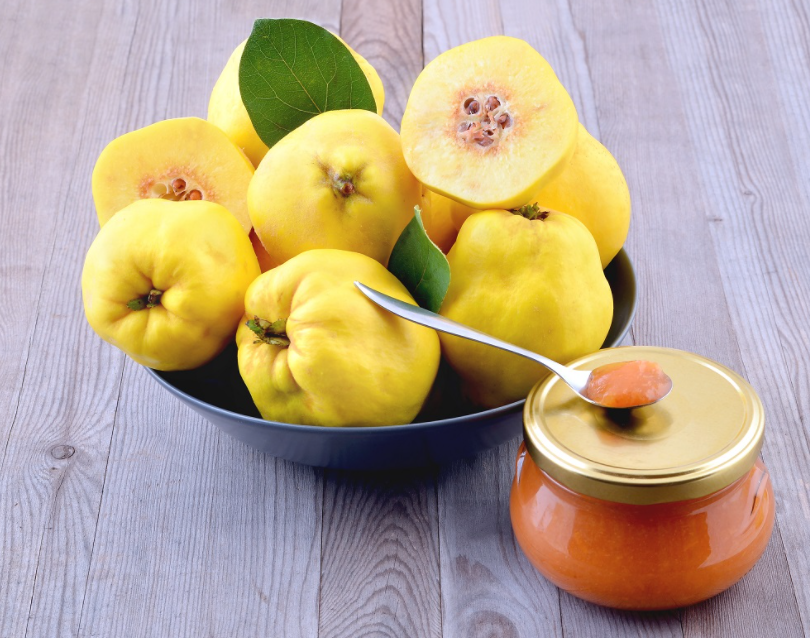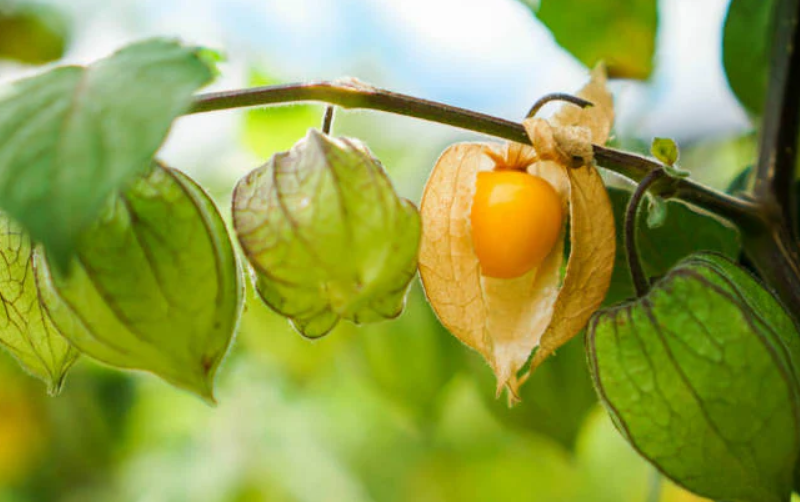Quince is high in vitamins and has been utilized in folk medicine for many years. It is typically used to treat coughs and stomach discomfort.
Helps the fruit itself, but also the seeds and leaves. Quince can be eaten fresh, although it is a little confirmation in its raw form, but juices, compotes and syrups can be made that are equally effective in solving many health problems.
Quince is a vitamin and mineral-rich fruit. Vitamins B1, B2, niacin, carotene, calcium, magnesium, potassium, copper, sodium, zinc, iron, manganese, chlorine, and sulfur are all present in considerable amounts, even more than in lemon. In addition it contains protein, fiber and carbohydrates.
The tea is prepared from quince seeds, which are the most beneficial portion of the fruit. When the seeds are submerged in water, they produce mucus, which relieves coughs and cleanses the respiratory system.
They also contain a lot of amygdalin, or vitamin B17, which has anticancer properties. Fats, tannins, pectin, and sugars are also abundant in the seeds.
Thanks to the tannin and mucus, quince has a beneficial effect on the work of the intestines and prevents infectious diseases.
Pectin has a beneficial effect on the cardiovascular system, helps lower blood pressure and provides protection from radioactive radiation.
Quince juice can aid with coughs, asthma, and diarrhea, while roasted or cooked quince can be used to treat anemia as well as inflammation of the gastric and intestinal mucosa. It can also help with painful and heavy periods.
How to make quince juice:
A kilo of quinces should be washed and finely grated before being strained through gauze. Because the juice oxidizes quickly, it should be consumed right away. It’s ideal if you drink before you eat.
How to make quince tea:
Pour boiling water over the quince seeds, leave the liquid to stand for a few minutes and then drink it.




